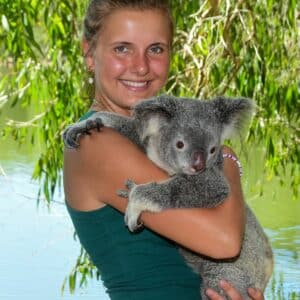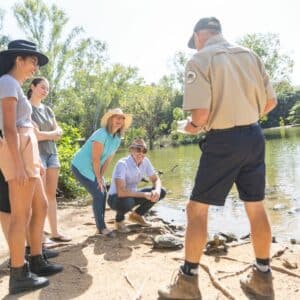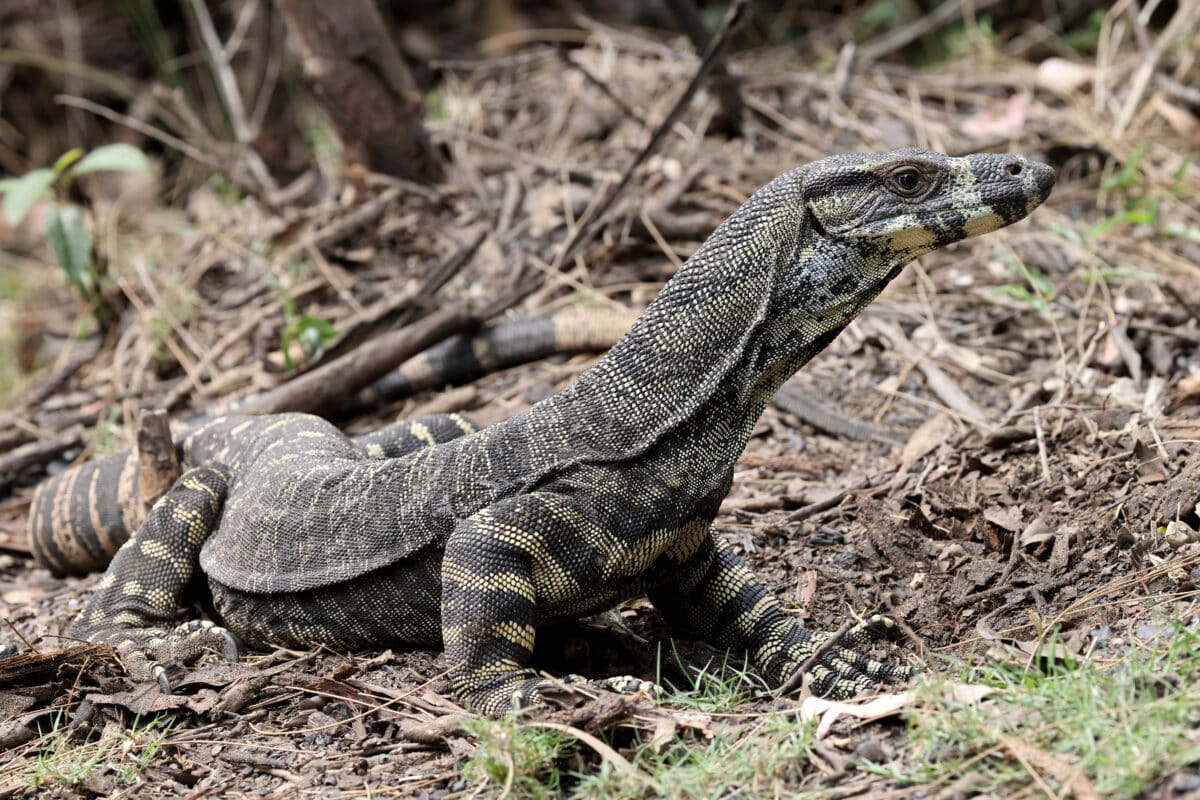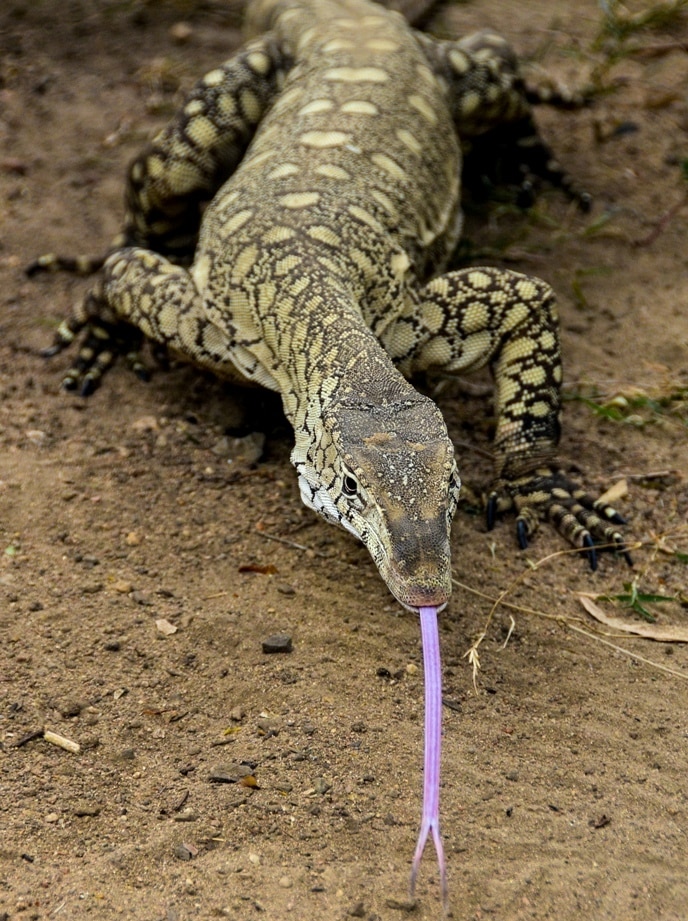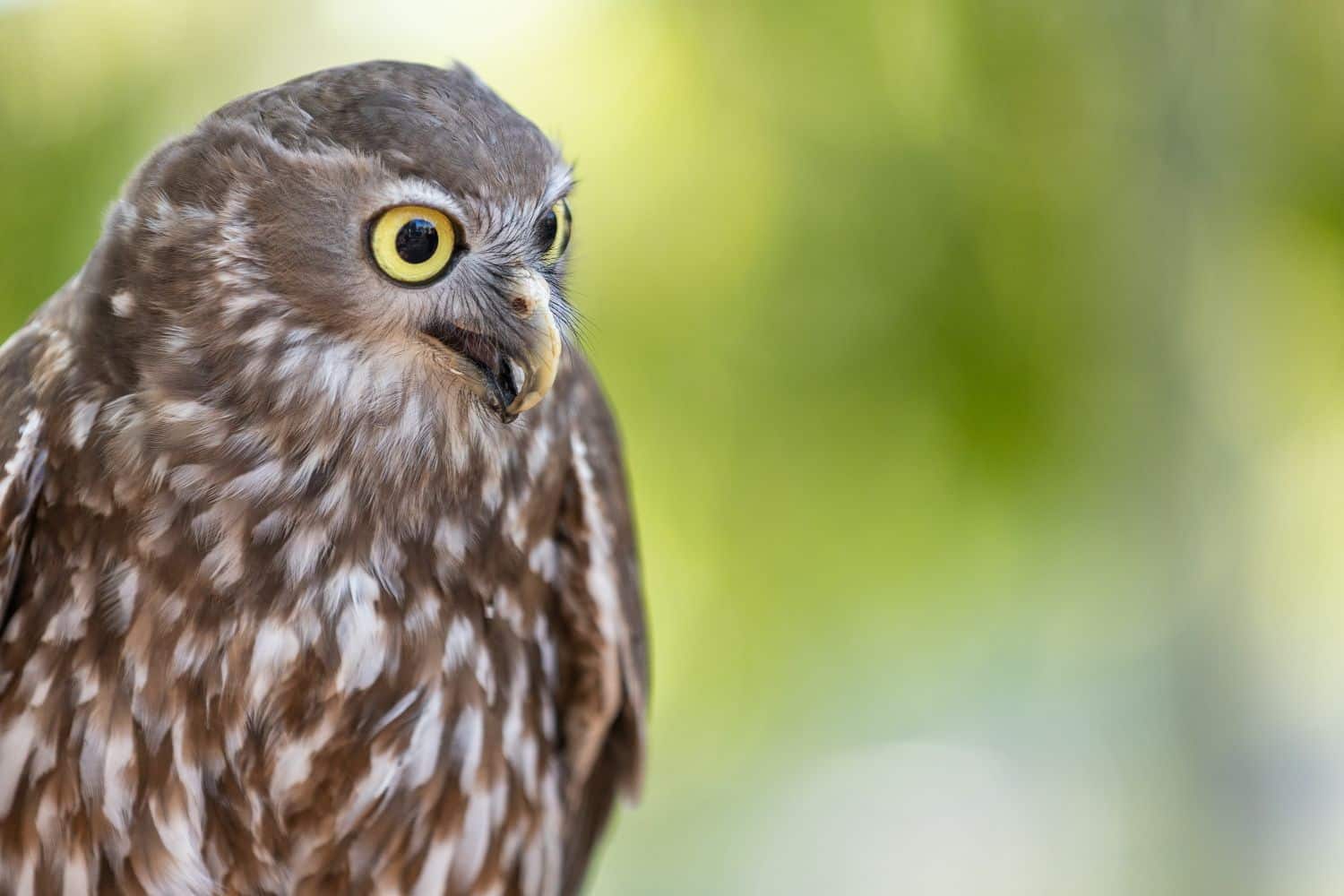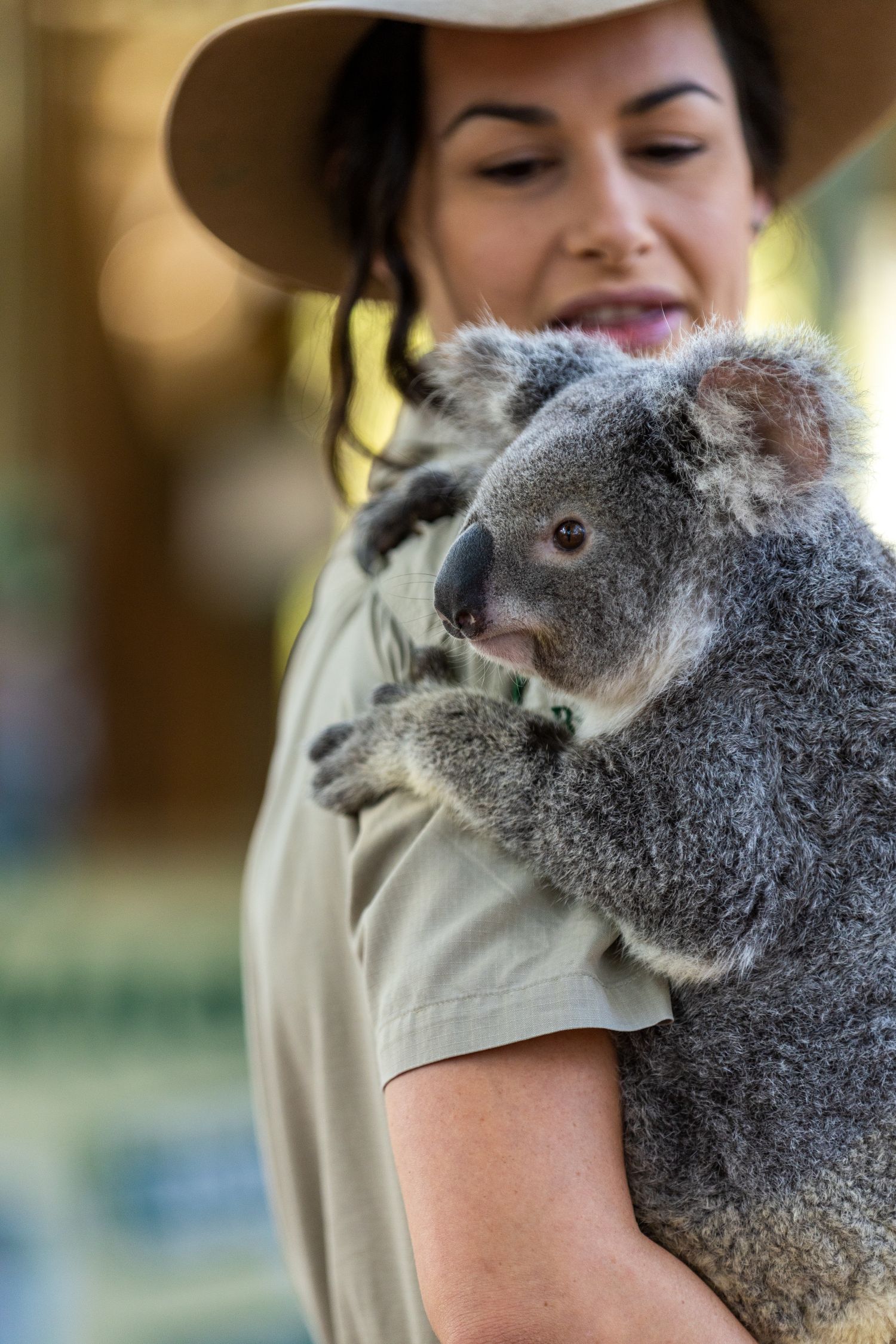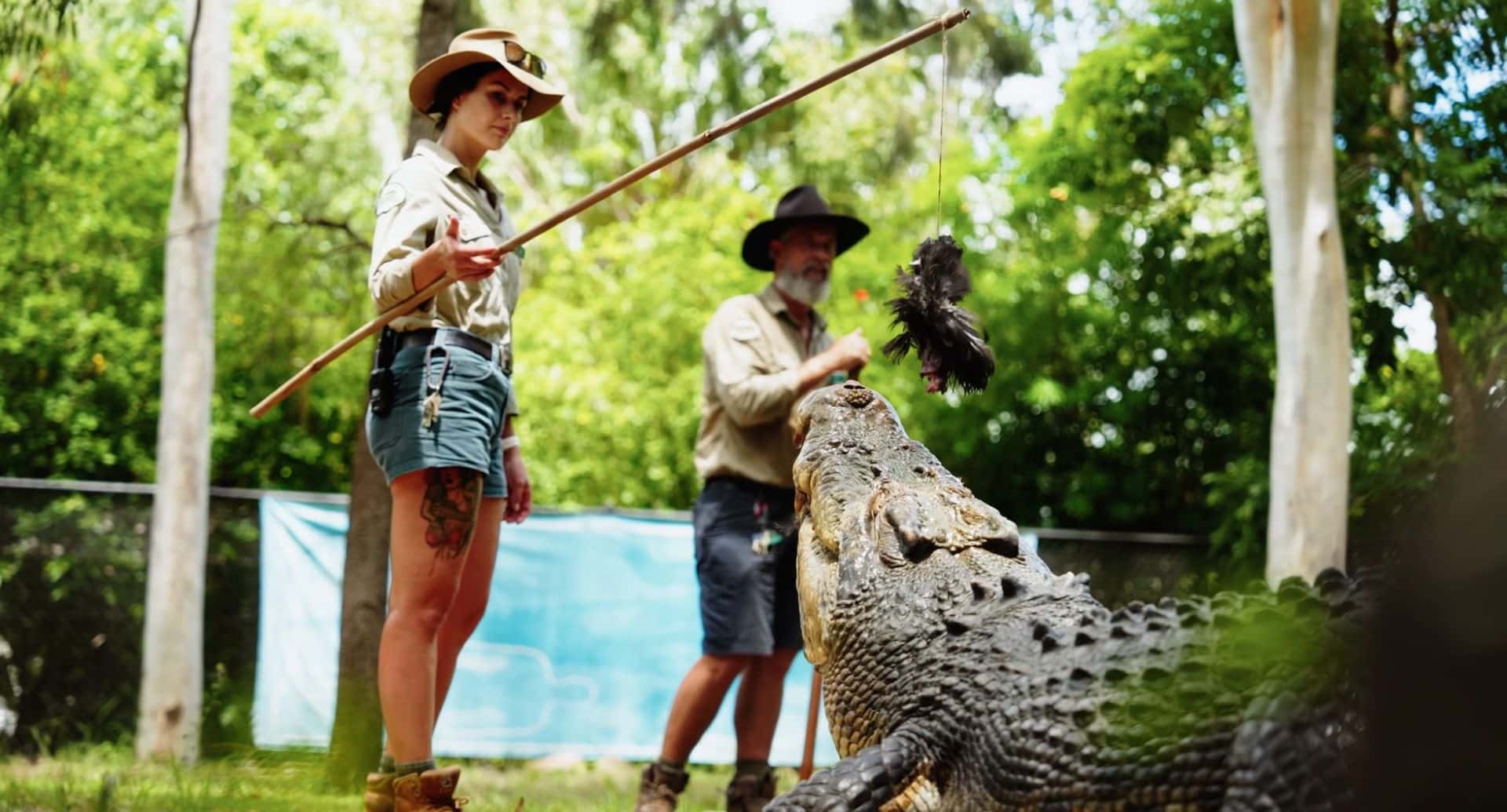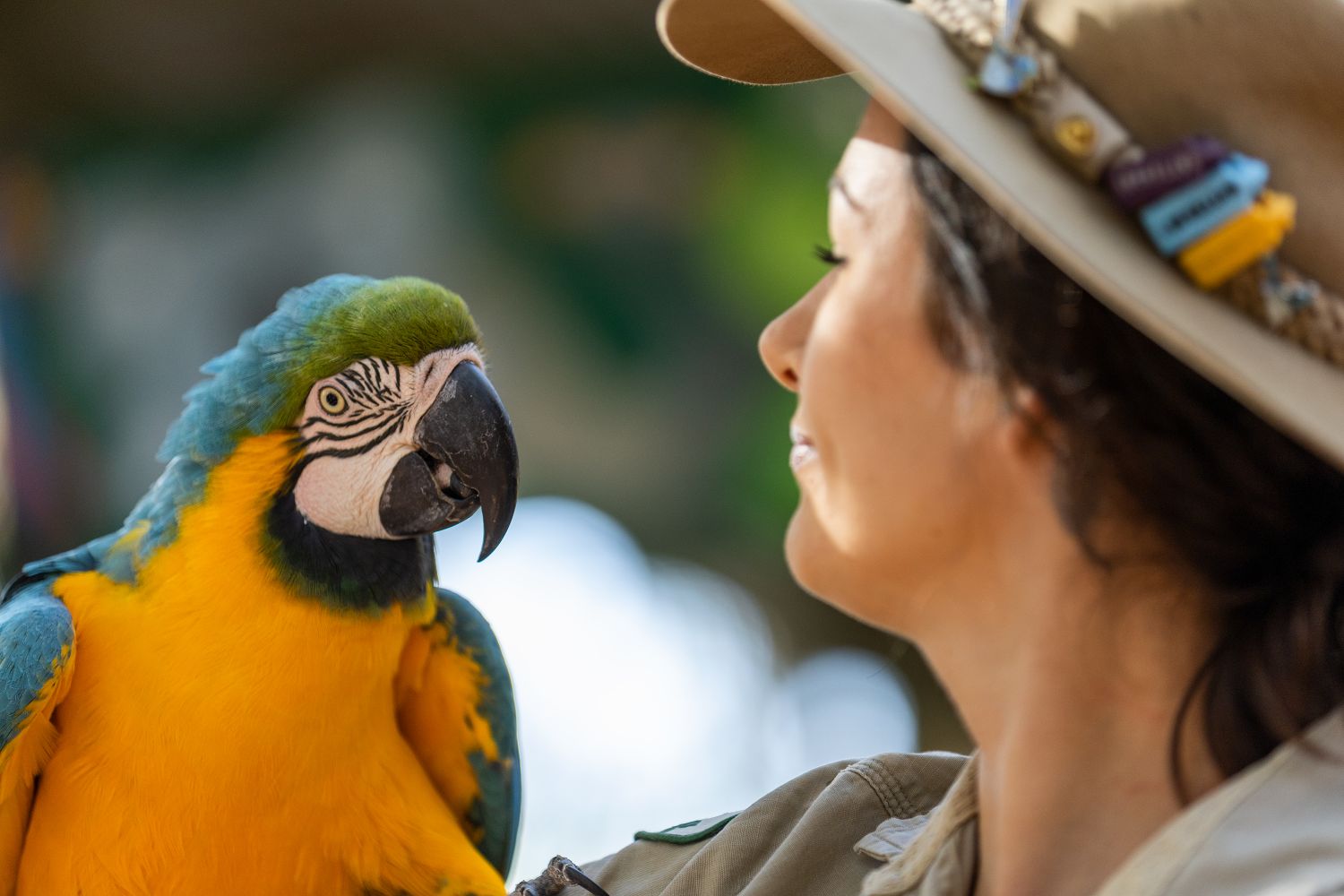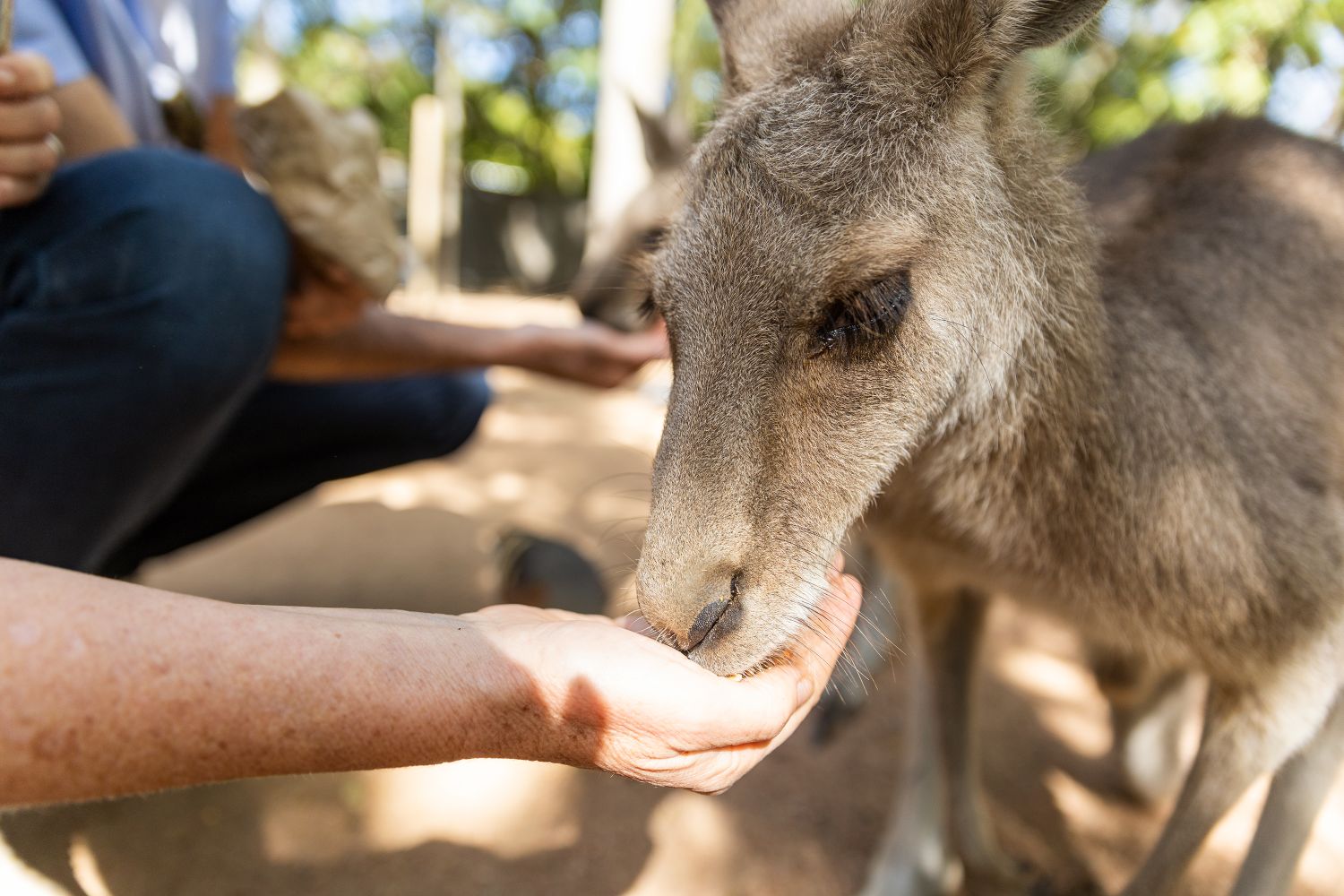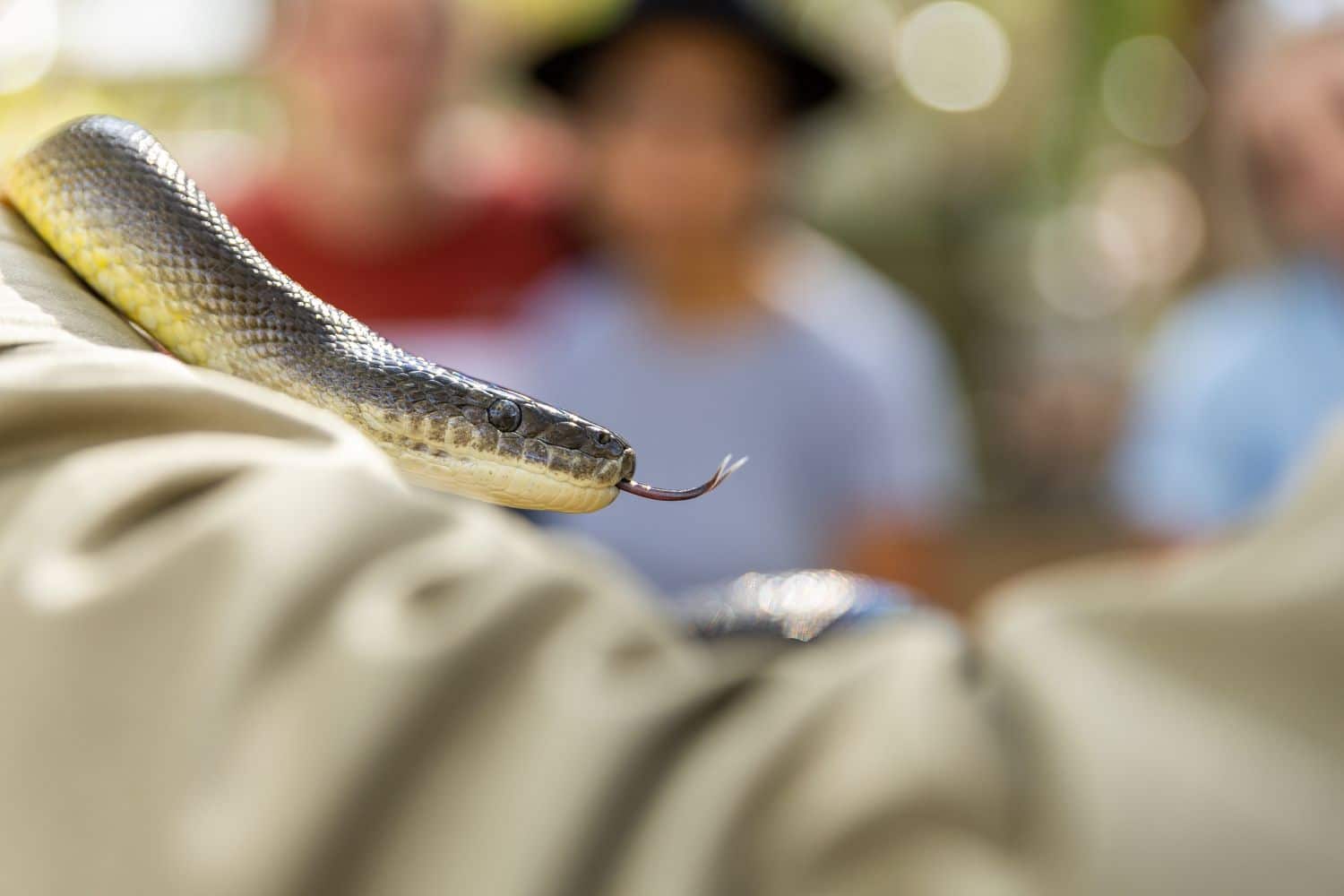WHAT IS A MONITOR LIZARD?
Australia is home to all sorts of fascinating lizards – Thorny Devils, Frill-necks, Geckoes, Shinglebacks, and the huge Perentie, a monster of the Outback that can reach over 2.5m in length (over 8 ft)!
The Lace Monitor, like the Perentie, is a member of the Varanidae, or monitor family of lizards. In Australia, monitors are more commonly called goannas, a name given by early settlers in the mistaken belief that they were related to iguanas.
Another well-known member of this family is the enormous Komodo Dragon, Varanus komodoensis, which lives only on four small Indonesian Islands northwest of Australia. This monster can grow up to 3m long (10 ft)!
All monitor lizards are powerfully built, with strong limbs and long, sharp curved claws. The head is pointed and wedge-shaped. The body is slender in young animals, but older goannas accumulate layers of fat and become quite rotund!
The scales do not overlap as they do on some other lizard families and in snakes, but lie up against one another, giving a pebbly appearance to the skin.
Monitors are the only lizards that have a deeply forked tongue like that of a snake. There is a Jacobson’s organ on the roof of the mouth, also like that of snakes. The tongue constantly flicks in and out, transferring information to the Jacobson’s organ. This sensitive chemoreceptor can detect minute traces of odours in the air, whether from a prey item, a predator, or a potential mate. Because the tongue is forked, the lizard can receive information from both sides of its head and figure out what direction the odours are coming from.
Here at Billabong Sanctuary, we have a splendid mature Lace Monitor on display named Gooey. It is more than 20 years old, and came to us from the National Parks & Wildlife Service. Recently we have acquired Max, a hand-raised Lace Monitor from a breeder in South Australia.
WHAT’S IN A NAME?
The common name Monitor is from the Latin verb ‘monere’ meaning ‘to warn’. This was given to these lizards because of their habit of standing up on their hind legs, as though they are monitoring their surroundings.
The genus name Varanus is a Latinized form the Arabic word ‘waral’ or ‘waran’ meaning ‘lizard’. The species name varius is the Latin word for ‘various’, in reference to the colour of the scales.
So, the scientific name simply means ‘many-coloured lizard’.
WHERE DO THEY LIVE?
Lace Monitors are found along the east coast of Australia, on the ranges, slopes, and adjacent plains of eastern Queensland, New South Wales, and Victoria, with a patchy distribution in adjacent parts of South Australia.
They prefer semi-humid to humid forested habitat, including river basins and adjacent areas. Although often seen on the ground, they spend much of their life in trees, sheltering in hollows. If approached, they will keep spiraling round to the back of the tree trunk, keeping the trunk between themselves and the watcher.
WHAT DO THEY LOOK LIKE?
Young Lace Monitors have broad yellow and blue-black stripes along the length of the body and tail, with scattered yellow, white or cream-coloured blotches.
There are black bands across the snout, chin and throat.
As the lizard ages, the pattern of banding fades on the body, and just the paler spots remain.
This varied colouration provides good camouflage when they’re on a leafy tree branch.
The Lace Monitor is the second largest lizard in Australia. A large male can reach a maximum recorded length of more than 2m (6.5 feet) overall! An average adult length is about 1.5m (4.8 ft). Females are smaller than males.
The tail is strong, laterally compressed, and very long– about 1.8 times as long as the head and body!
WHAT DO THEY EAT?
Lace Monitors eat insects, mammals, reptiles (including snakes), eggs and nestling birds.
Using their long, sharp claws, they can easily climb trees, even those such as Poplar Gums (Eucalyptus alba) with very smooth straight trunks. They will then dive into a nesting hole of a bird such as a lorikeet to take the young birds. Their presence in a tree is often heralded by the harsh squawking not only of the parents but of other birds.
The teeth are long, sharp and curved backwards. This makes it very difficult for a captured prey animal to escape.
The bite from a monitor lizard causes swelling and bleeding in humans. This is mainly caused by toxic bacteria in the lizard’s mouth. Recent work by Brian Fry at the University of Melbourne shows that monitors actually produce a mild venom similar to rattlesnake venom. While this toxin has only a slight effect on people, it is may help subdue small prey animals.
The food is swallowed whole or in pieces, after being torn apart by the teeth and front claws.
Lace Monitors will also eat carrion, and often several can be seen feeding on the same dead animal.
They become very tame in places like public campgrounds, hanging around picnic tables and picking up scraps of food, or even foraging in rubbish bins.
HOW DO THEY REPRODUCE?
The breeding season extends from about September to December. Several males may approach a receptive female and engage in ritual combat to establish dominance.
Rival males will rise up on their hind legs and hold each other up with their front legs, while inflating their throat pouch to intimidate each other. Eventually one male will sprawl to the ground in defeat, or retreat into the shelter of a hollow log.
The dominant male will then approach the female with vigorous head-shaking movements, exploring her body with his tongue. Mating may last for several hours.
Lace Monitors are egg-layers. Four to six weeks after mating, the female will lay up to 20 eggs in a hole in the ground or in a termite mound. The eggs are elongated, parchment-like, and about 5cm long (2″).
If the eggs are laid in the ground, the female will fill the hole with grass or leaf litter. As this vegetation decomposes, it generates heat which helps to incubate the eggs.
If the eggs are laid in a termite mound, the termites will seal up the entry hole, and the eggs are protected from predators, and kept warm within the mound.
Hatching occurs from eight to 10 weeks later. Incubation time depends on the ambient temperature, and may be much longer in cooler conditions. The young cut their way out of the egg with their egg-tooth. It is possible that females who lay their eggs in termite mounds remain close by and dig into the mound to help the newly hatched lizards make their way outside.
Newly hatched Lace Monitors are about 300mm long (12 in) and weigh about 34gm (just over an ounce).
Lace Monitors reach sexual maturity at about four to five years of age. In captivity, they have been known to live for up to 40 years.
STATUS IN THE WILD
Lace Monitors are abundant and are not considered endangered.
Like all Australian native animals, they are protected by law.




